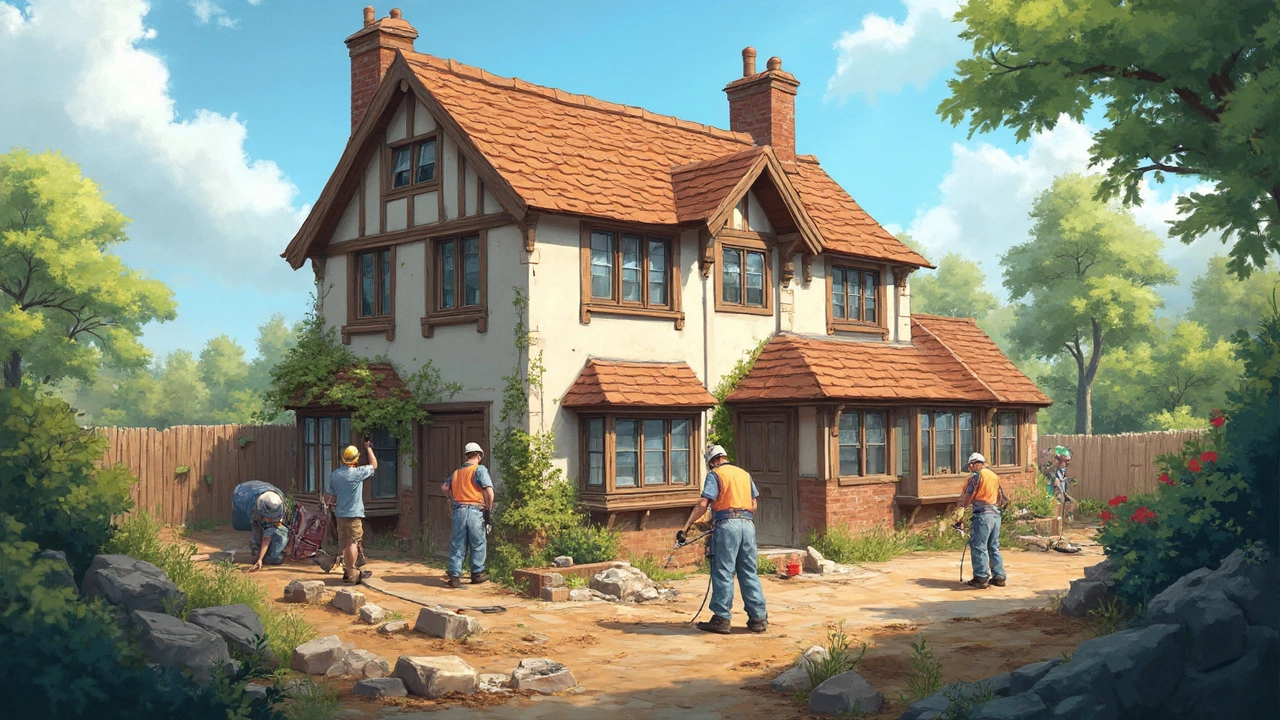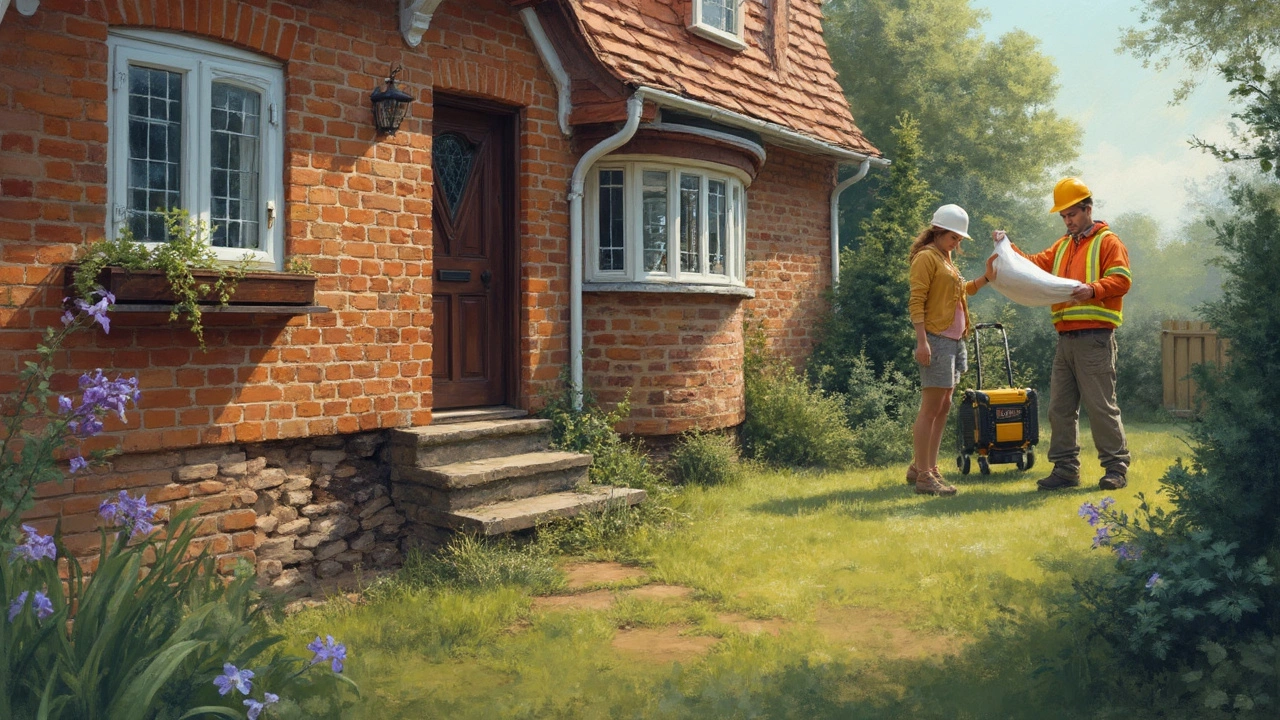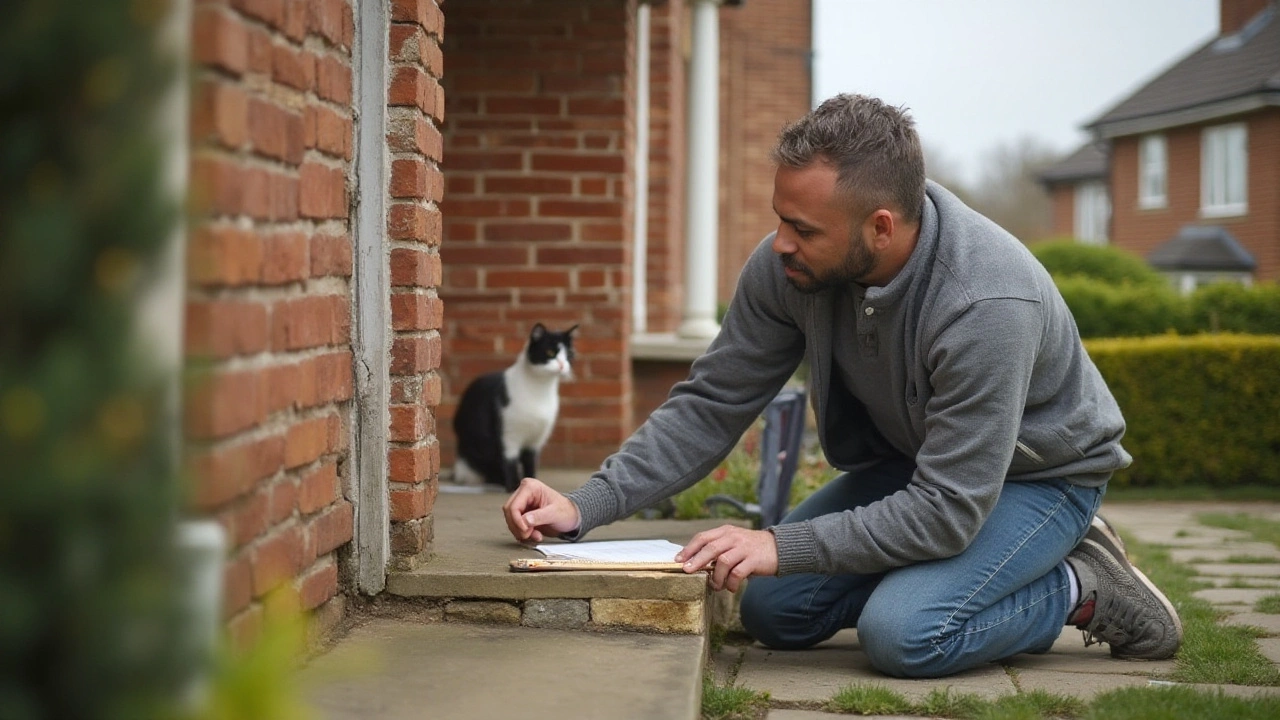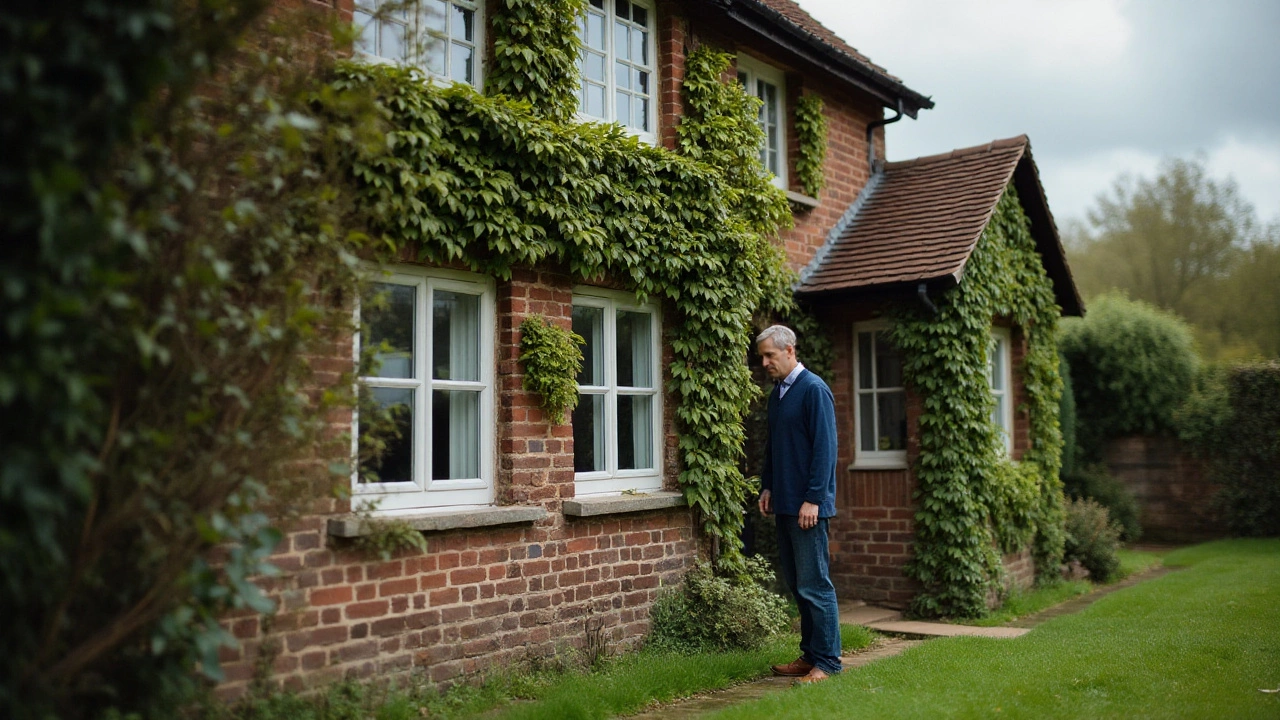Home Maintenance Tips for a Strong, Safe Home
Keeping a house in good shape doesn’t have to be a nightmare. A few regular checks and simple fixes can stop small issues from turning into costly repairs. Below you’ll find the most useful tasks you can do yourself, plus guidance on when to call in a professional. Use these ideas to protect your foundation, roof, and everything in between.
Check Your Foundation Regularly
The foundation is the core of any building. Look for cracks in walls, uneven floors, or doors that stick. Small hairline cracks can often be sealed with epoxy, but any crack wider than a quarter inch may need a structural engineer’s assessment. Make sure the ground around your house slopes away at least six inches over ten feet to keep water from pooling near the base. If you notice persistent moisture or mold in the crawl space, it’s a sign the drainage system might be failing.
Roof Care Made Simple
Your roof shields everything inside, so give it a once‑or‑twice‑a-year inspection. Walk the roof (or hire a trusted roofer) and check for missing shingles, cracked tiles, or rusted flashing. Clean gutters and downspouts to avoid water backing up and seeping under the roof deck. If you catch a problem early, a simple repair can save you from a full roof replacement. When you need a new roof, compare material costs, ask for per‑square pricing, and negotiate the quote—many contractors have hidden fees that can be trimmed.
Beyond foundation and roof, there are a few other maintenance habits that pay off big time. Test all exterior drains and downspouts after heavy rain; clear any blockages. Seal gaps around windows and doors with low‑expansion foam to stop drafts and water ingress. Keep your HVAC filters clean—this reduces strain on the system and improves indoor air quality.
When you’re comfortable with DIY, start with tasks that need minimal tools. Sealing hairline cracks, re‑grading soil, and cleaning gutters are all doable for most homeowners. For anything that involves structural movement, water penetration into load‑bearing walls, or electrical work, bring in a qualified professional. Trying to DIY a major foundation repair or roof rebuild can end up costing more in the long run.
Using quality materials makes any maintenance job last longer. Our quarry supplies reliable limestone, aggregates, and drainage rock that work great for soil stabilization and drainage projects. Pair the right material with proper installation, and you’ll see fewer settlement issues and a healthier surrounding landscape.
Finally, keep a simple maintenance log. Write down the date, what you inspected, any problems you found, and what action you took. This record helps you spot patterns—like recurring moisture in the same spot—and provides proof of regular upkeep if you ever decide to sell the house.
Stick to these easy steps, and you’ll keep your home solid, safe, and comfortable for years to come. Need deeper guidance? Check out our articles on foundation repair, roof pricing, and DIY home projects for more detailed advice.
Does Foundation Repair Really Work? Exploring the Truth Behind Fixing Your Home's Base

Foundation repair can be a daunting concept, leaving many homeowners unsure about its effectiveness. By comparing various repair methods, understanding potential challenges, and exploring real-life success stories, this article sheds light on whether these interventions truly work. Get the facts you need and tips on finding the right professionals for the job. Strengthening your home might be simpler than you think.
read moreCan a House with a Bad Foundation Be Saved?

Wondering if a house with a shaky foundation can be salvaged? Dive into the essentials of foundation repair, understand the vital signs of a damaged foundation, learn about innovative techniques to fix it, and discover preventive measures to avoid future issues. A solid foundation is crucial for any home, and fixing it is often possible with the right guidance.
read moreDIY Foundation Crack Repair: Can You Do It Yourself?

Cracks in the foundation of your home can be alarming. This article explores whether homeowners can repair foundation cracks themselves, guidance on identifying cracks that are safe to fix, and step-by-step tips for undertaking such repairs. Before diving into DIY solutions, it also provides advice on when it's best to call in a professional. With a focus on practical instructions, this guide aims to help you make informed decisions about home maintenance.
read moreSmart Strategies to Prevent Mold in New Builds

Mold prevention in new constructions is crucial to ensure durability and a healthy living environment. With the right design choices, materials, and techniques, new homeowners can effectively safeguard against mold issues. It's essential to understand moisture sources and control strategies to keep your home mold-free. From proper ventilation to selecting moisture-resistant materials, effective mold prevention is about getting the basics right from the start.
read moreThe Best Methods for Fixing Foundation Cracks: Inside vs. Outside Solutions

Cracks in the foundation of a house can lead to significant concerns if left unattended. Deciding whether to address these issues from the inside or outside depends on various factors, including the extent of damage and specific circumstances of each home. Both methods have unique benefits and challenges. This article explores these options to help homeowners make informed decisions.
read more



